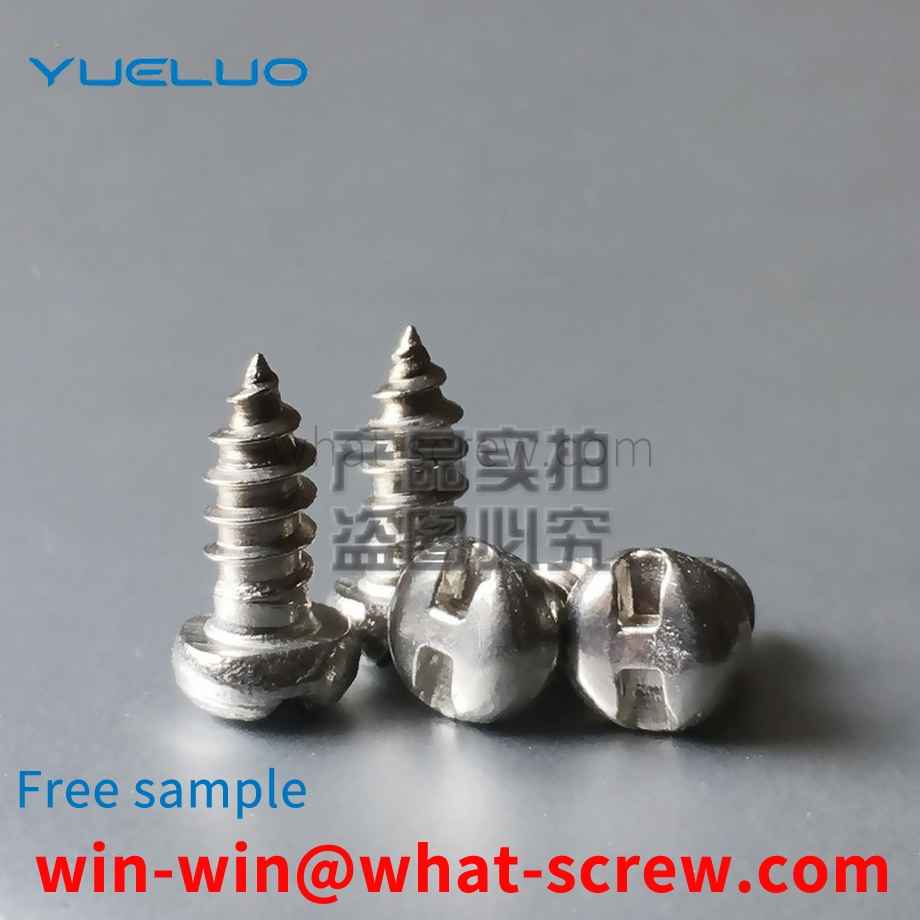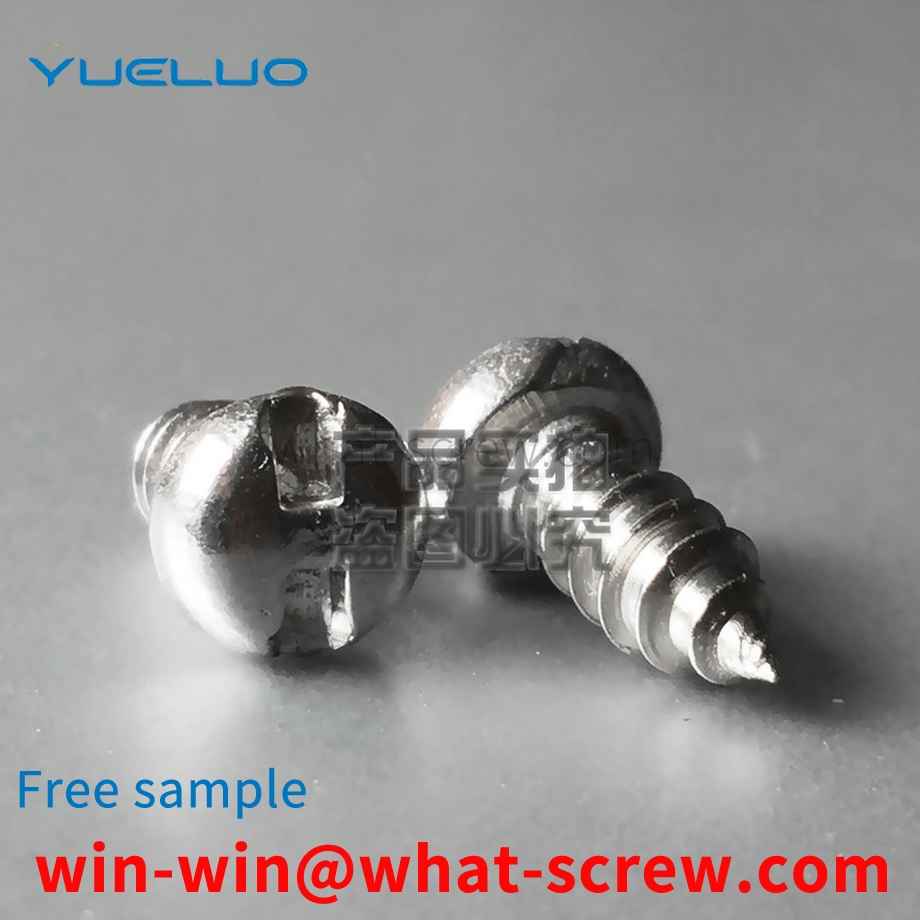Flat washers are frequently used in mechanical connections. They are usually placed between the nut or screw head and the connected parts to prevent the screw or nut from loosening during use. The upper and lower end faces of conventional flat gaskets are mostly smooth planes, with a single structure and poor compressive capacity. When assembled with a nut or screw, the pressure on the flat washer is increased, and when it is closely rubbed with the nut or screw, it is prone to breakage, which greatly affects the quality of the product.
Combination bolts refer to a bolt with a spring washer and a flat washer, which are combined by rubbing teeth. Before the combination bolt is used, the bolt, the spring washer and the flat washer are generally combined by a specific machine. The combined production line mainly includes the processes of feeding, discharging, feeding, charging, screwing and tightening. The existing combined bolt production equipment mainly transmits the bolts to each process through the conveyor belt, and finally completes the combined assembly. The machines in each process are scattered and the space is occupied. The vibrating plate feeding generally puts the bolt head up, and its bolts, spring washers, etc. After the flat pad is assembled, the fixation is poor, and it is easy to fall off during the assembly process.
Guangdong Yueluo Hardware Industry Co., Ltd. has a simple structure, low processing difficulty, and convenient riveting. The whole pin has the same diameter except for the annular groove. The drawn wire can be directly used, which saves the cost of materials and machining costs, and improves the production speed and efficiency. The structure does not require high machining accuracy of the hole, which can effectively reduce the machining cost and the rework rate of the parts.
Stainless steel screws are classified into austenitic stainless steel, ferritic stainless steel, martensitic stainless steel, and precipitation hardening stainless steel. The selection of stainless steel screws is also based on principles. Where to start, let you choose the stainless steel screws you need. After comprehensive and comprehensive consideration of these five aspects, the grades, varieties, specifications and material standards of stainless steel screws are finally determined. Austenitic stainless steel: the most basic alloying elements of austenitic stainless steel are chromium and nickel. The grade is a chromium-nickel austenitic stainless steel with a chromium content of about 18% and a nickel content of about 8%, often called 18-8 stainless steel. The element ratio of chromium and nickel basically ensures that the structure of the steel is stable austenitic ferritic stainless steel: 430 type ordinary chromium steel, its corrosion resistance and heat resistance are better than 410 type, magnetic, but it It cannot be strengthened by heat treatment, and is suitable for stainless steel screws with slightly higher corrosion resistance and heat resistance and general strength requirements. Martensitic stainless steel: Type 410 and 416 can be strengthened by heat treatment, with a hardness of 35 to 45HRC, and good machinability. They are used for general-purpose heat-resistant and corrosion-resistant stainless steel screws. Type 416 has a slightly higher sulfur content and is a free-cutting stainless steel. Type 420, sulfur content? R0.15%, improved mechanical properties, can be strengthened by heat treatment, maximum hardness value of 53 ~ 58HRC, used for stainless steel screws requiring higher strength. Precipitation hardening stainless steel: 17-4PH, PH15-7Mo, they can get higher strength than the usual 18-8 type stainless steel, so they are used for high-strength, corrosion-resistant stainless steel stainless steel screws. A-286, a non-standard stainless steel, has higher corrosion resistance than commonly used Type 18-8 stainless steels, as well as good mechanical properties at elevated temperatures. Used as high-strength, heat-resistant, corrosion-resistant stainless steel screws, can be used to 650 ~ 700 ℃. Austenitic stainless steel: The commonly used models are 302, 303, 304, and 305, which are the so-called 18-8 austenitic stainless steels. Both corrosion resistance and mechanical properties are similar. The starting point of selection is the production process method of stainless steel screws, and the method depends on the size and shape of stainless steel screws, and also depends on the quantity of production. Type 302 is used for machined screws and self-tapping bolts. Type 303 In order to improve machinability, Type 303 stainless steel is added with a small amount of sulfur and is used to machine nuts from bar stock. Type 304 is suitable for hot heading stainless steel screws, such as longer gauge bolts, large diameter bolts, which may be beyond the scope of the cold heading process. Type 305 is suitable for cold heading processing of stainless steel screws, such as cold formed nuts, hex bolts. Type 309 and Type 310, their Cr content and Ni content are higher than 18-8 type stainless steel, suitable for stainless steel screws working at high temperature. Types 316 and 317, both of which contain the alloying element Mo, have higher high temperature strength and corrosion resistance than 18-8 type stainless steel. Type 321 and Type 347, Type 321 contains a relatively stable alloying element Ti, Type 347 contains Nb, which improves the intergranular corrosion resistance of the material. It is suitable for stainless steel standard parts that are not annealed after welding or serve at 420~1013℃.
There are two types of bolt detection: manual and machine. Manual is the most primitive and the most commonly used consistent detection method. In order to minimize the outflow of defective products, general production enterprise personnel inspect the packaged or shipped products by visual means to exclude defective products (defects include tooth damage, mixed materials, rust, etc.). [2] Another way is automatic machine inspection, mainly magnetic particle inspection. Magnetic particle inspection is to use the interaction between the leakage magnetic field at the defect of the bolt and the magnetic powder, aiming at the difference between the magnetic permeability of the bolts (such as cracks, slag inclusions, mixed materials, etc.) and the magnetic permeability of steel, these materials are discontinuous after magnetization. The magnetic field at the place will be turbulent, and a leakage magnetic field will be generated on the surface of the workpiece where part of the magnetic flux leaks, thereby attracting the magnetic powder to form the magnetic powder accumulation at the defect—magnetic traces. The accumulation of these magnetic powders is observed and explained, and the purpose of rejecting defective products has been achieved.
We have many years of experience in the production and sales of screws, nuts, flat washers, etc. The main products are: support column isolation studs, blackened screws, short-headed thin-headed bolts, national standard explosion screws and other products, we can provide you with suitable tightening screws. Firmware Solutions.



















 Service Hotline
Service Hotline




